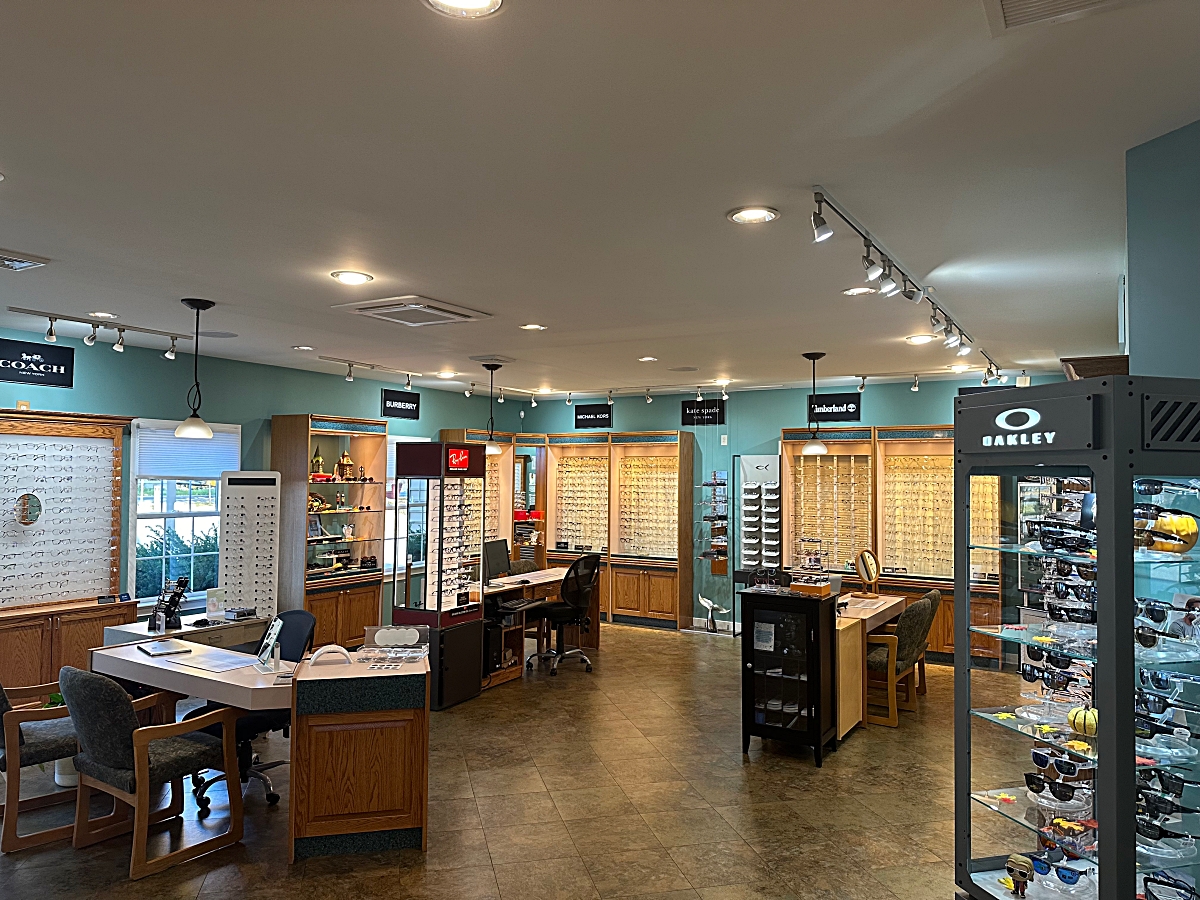Important Information about the Solar Eclipse and Eye Health
You may know that a total solar eclipse is coming our way on Monday, August 21. In Elizabethtown, it is expected that approximately 80% of the sun will be blocked with the peak time just after 2:30 pm. This is very exciting! Especially since the last time the contiguous U.S. saw a total eclipse was in 1979.
Because there is a very high risk for damage to the eyes and the permanent loss of vision from looking at the eclipse improperly, we wanted to provide you with this information.
WHAT IS A TOTAL SOLAR ECLIPSE?
A total solar eclipse occurs when the moon passes between the Earth and the sun, so it totally or partly obscures the image of the sun. Everyone in the U.S. will be able to see at least a partial eclipse on Monday, August 21, 2017. And those in the path of totality will see the moon completely cover the sun in this exciting celestial event!
ECLIPSE EYE SAFETY
• It is never safe to look directly at the sun.
• Don’t be fooled by the eclipse – it’s still not safe to look at the sun!
• Solar Retinopathy occurs when bright light from the sun floods the retina and is caused by staring at the sun for too long. Most people can’t stand to look at the sun long enough to cause damage, but the eclipse (partial or total) makes it more comfortable to stare at the sun. The retina is home to the light-sensing cells that make vision possible. When they’re over-stimulated by sunlight, they release a flood of communication chemicals that can damage the retina. This damage is often painless, so people don’t realize they’re damaging their vision.
• Sunglasses and Transitions lenses block harmful UV rays, but not harmful infrared or intense visible light that can cause solar retinopathy from staring at direct sunlight. They are never safe for looking directly at the sun.
• The only safe way to look directly at the sun is through glasses that meet the ISO 12312-2 international standard. Only four manufacturers have met this standard: Rainbow Symphony, American Paper Optics, Thousand Oaks Optical and TSE 17. • Solar eclipse glasses have met the following standards for becoming ISO certified: 100% harmful UV and 100% harmful infrared and 99.99% of intense visible light. Search for “ISO12312-2 glasses” on Amazon.com and look for the manufacturers listed above if you wish to purchase.
• An alternative method for safe viewing of the partially eclipsed sun is pinhole projection. Visit https://eclipse2017.nasa.gov/safety for directions on this indirect viewing method.
• It is never safe to look directly at the sun.
• Don’t be fooled by the eclipse – it’s still not safe to look at the sun!


